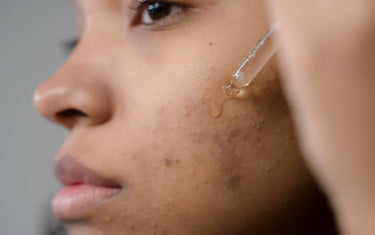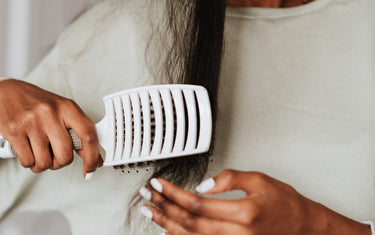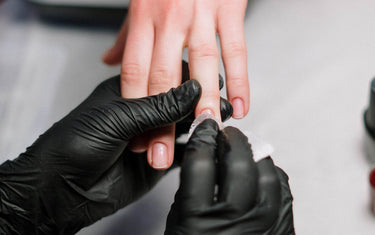- Home
- Pure Essential Oils
- Tea Tree Essential Oil
Tea Tree Essential Oil
Rated 5.0 out of 5 stars
98
-

- Decongestant
- -
- Skin Cleanser
- -
- Antibacterial
-

FREE Shipping
Over £35
Over £35
Interest-Free Payment Options
Stress-Free
30-Day Returns
30-Day Returns
FREE Shipping
Over £35
Over £35
Interest-Free Payment Options
Stress-Free
30-Day Returns
30-Day Returns
Share this product

























